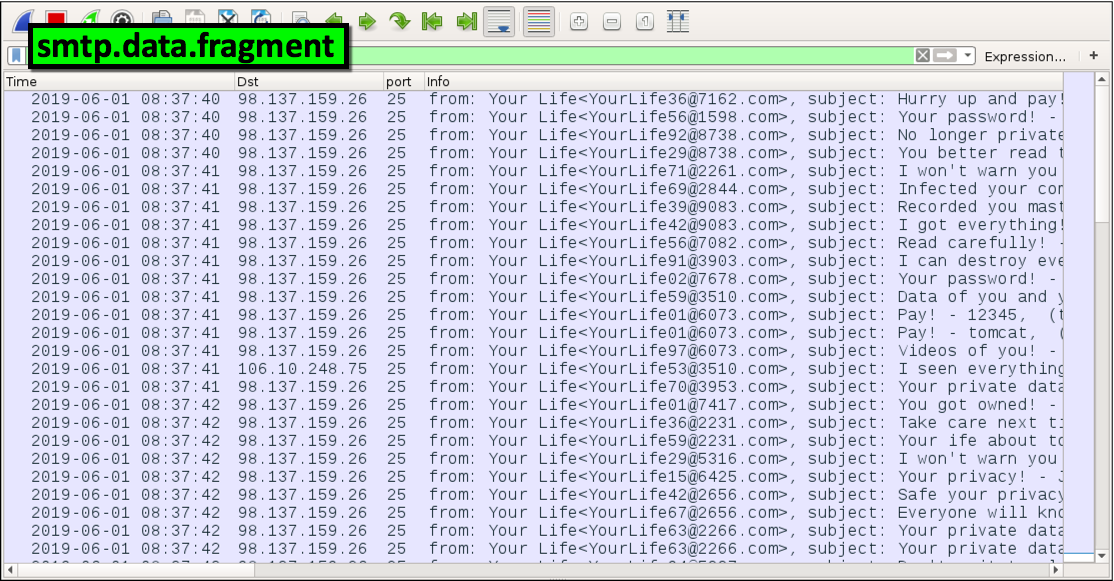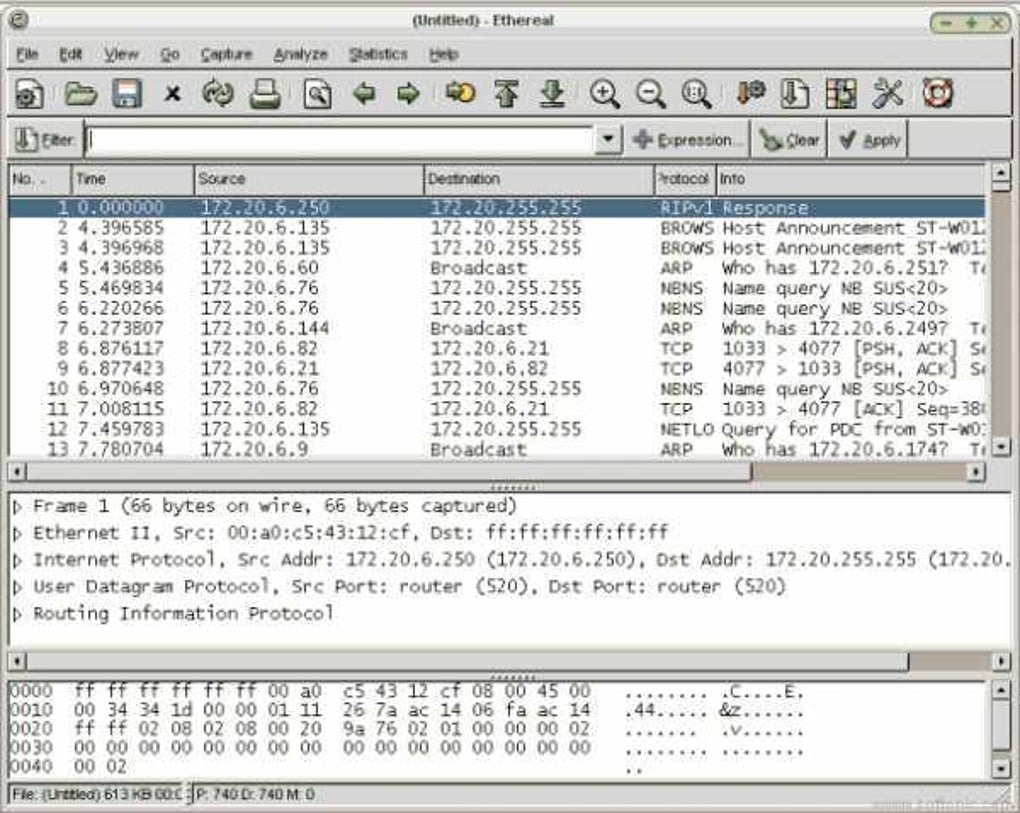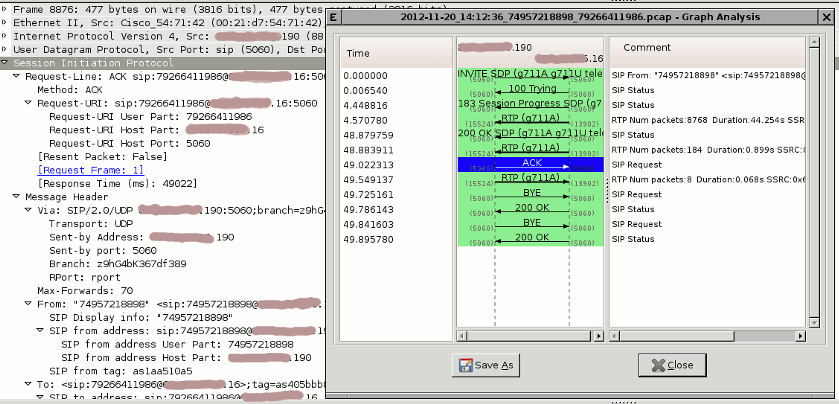
However, I hope that this post was useful. I’m sure the voice engineers out there have much more comprehensive tools at their disposal. My next move is to check with the vendor to see if call encryption is an option.Īs someone who is not a voice engineer, some of these analysis tools may be useful down the road a bit. So I’ve discovered that calls on this new system are not encrypted. Click on the top waveform, and then choose “Play”. Who is not going to try that out when they see it? Select the two streams, click on “Player”. Looking back up at the RTP stream analysis window, you will see a button marked “Player”. That is nice and all, but I was then slightly concerned about the ease with which I could do the next thing. I’m running this over a wireless bridge, just for giggles. In the next window, the two streams will appear, showing jitter, skew and other information.Ĭlick on the “Graph” button to get some graphs of jitter, and other parameters. So I choose both streams and click “Analyze”. You can select one, and then “Find Reverse” to discover a particular call. In the next window, you will see the RTP streams in the capture. OK, now that we have an RTP stream, choose the Telephony menu, then “RTP”, and “Show all streams”. In the dialogue box, choose “Both” for the ports and choose “RTP”.Ĭlick Apply, and you’ll see the main capture change to show the detected codec, timestamps, and so on. Right-click on a packet, and select “Decode As.”

Rather, Wireshark will label them as having “Bogus IP Header Length”. There is a wealth of information in there (well, maybe not a wealth, but some useful information for a non-voice engineer like me).įirstly, because the ports are non-standard, Wireshark doesn’t recognize the packets as RTP streams. Ports discovered, I decided to take a look in the Telephony menu. I am building a QoS policy to take into account the new IP handsets, however, the handset signalling and voice RTP streams don’t use any kind of standard port. The IP handsets are compatible with PoE, and I can look at doing SIP trunks between offices once the new network from the carrier is installed.
#Wireshark replay pcap install#
However, interbuilding copper cabling is nonexistent in some places, and uneconomic to install in a hurry (read – no budget). The upgraded system has IP telephony capability, and this was important as we are expanding our services on the main office campus. A couple of weeks ago, we upgraded our existing office PBX. Like many, though, I’ve found it inevitable that pure packet herding will intersect with voice at some point. But if you don't already have it, then it is about time that you install it. If you find a problem, then please open an "Issue" via GitHub. I will make some adjustments later today. It is in the "works for me" stage, so use with care.

So I used it to do just that and then printed the result. Scapy can easily read a packet capture, and extract the data I need. There are plenty of tools (tcpflow, tshark) to extract the data. But what I needed was a quick way to extract all the HTTP requests, and turn them into cURL commands for replay. To better understand what was going on, I recorded the traffic with tcpdump. The browser would send a request a second, which made it hard to find the right request.

But recently I ran into an issue when inspecting traffic to a router.

This is a great feature when inspecting and reversing HTTP APIs. For example, in Google Chrome just open the "Network" pane in Developer Tools," right click on the URL (leftmost column) and select Copy->copy as cURL. Many web browsers have the ability to quickly generate "curl" commands to replay a request.


 0 kommentar(er)
0 kommentar(er)
